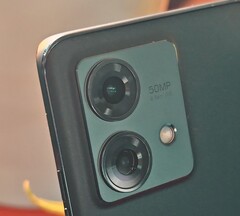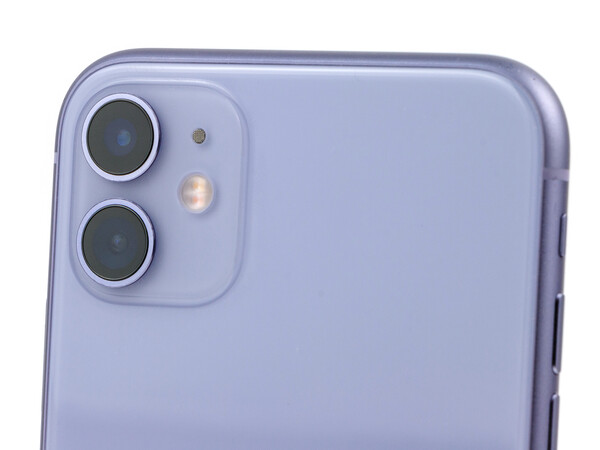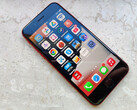CheckMag | Why the ultrawide has become the de facto second lens for all but the most premium smartphones

There once was a time when the default set of lenses on a phone was a regular wide shooter and a zoom. The iPhone 7 Plus all the way up to the iPhone XS (a series spanning 4 years) all had a native 2x optical zoom in addition to a regular wide lens. Even budget Android phones like the Xiaomi Mi A1 popped up with a similar setup.
However, when Apple launched the iPhone 11 (curr. available on Amazon) we were all told that we needed an ultrawide lens instead. The zoom lens was consequently relegated to Pro models with their significantly higher price tags. Just like the 3.5mm headphone jack, whatever Apple does, the industry follows.
The standard Samsung S series are the only flagship models to include a zoom lens, but these fall outside of the upper mid-range tier and land firmly on the flagship side. However, every mainstream phone on the market in recent memory that does not come with a Pro or Ultra moniker, only comes with an ultrawide lens in addition to the main lens. Maybe a macro or depth sensor bolted on to present the illusion of a more premium device.
Admittedly, whether a zoom or an ultrawide as your preferred lens is a matter of personal preference. Most standard “wide” sensors can achieve a modest zoom with little to no perceived degradation in quality. However an optical zoom can be much more versatile when taking photos without the need to crop into the image. The standard “wide” lens is already wide enough and the ultra-wide on most modern smartphones makes even the widest vista too small to appreciate any sense of scale.
Apple might argue that all of its current lineup (other than the iPhone SE 2), include a 2x optical zoom, but massaging numbers seems to be the standard for Apple's marketing department. Thanks to Apple (and just like the missing headphone jack), the ultrawide has become the de facto standard for those who do not want to pay a premium for Pro or Ultra models. Ultimately leaving the consumer to choose between a lighter wallet or a compromised camera setup.
Are you a techie who knows how to write? Then join our Team! Wanted:
- Specialist News Writer
Details here
Source(s)
Top 10 Laptops
Multimedia, Budget Multimedia, Gaming, Budget Gaming, Lightweight Gaming, Business, Budget Office, Workstation, Subnotebooks, Ultrabooks, Chromebooks
under 300 USD/Euros, under 500 USD/Euros, 1,000 USD/Euros, for University Students, Best Displays
Top 10 Smartphones
Smartphones, Phablets, ≤6-inch, Camera Smartphones


 Deutsch
Deutsch English
English Español
Español Français
Français Italiano
Italiano Nederlands
Nederlands Polski
Polski Português
Português Русский
Русский Türkçe
Türkçe Svenska
Svenska Chinese
Chinese Magyar
Magyar






